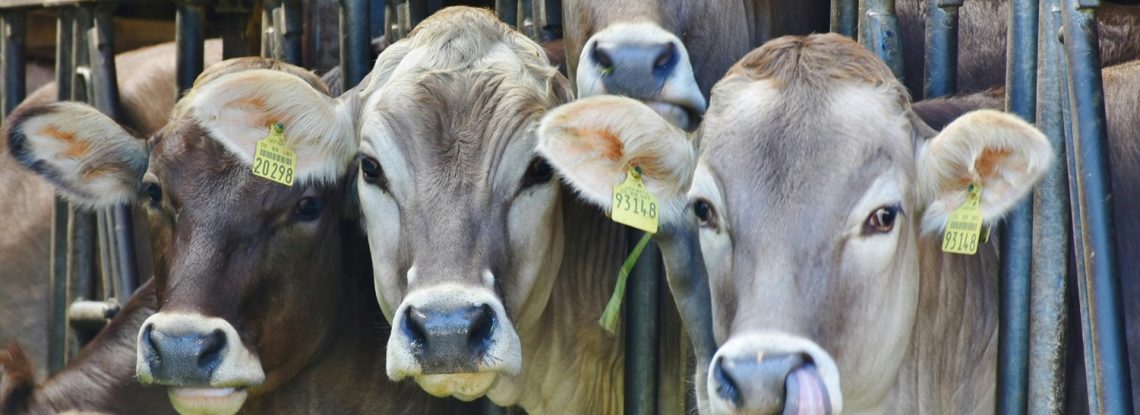Last year we wrote about the spread of bird flu and the risks that the virus poses. Since that time the H5N1 highly pathogenic avian influenza virus has continued to spread. Most recently the virus has caused large outbreaks in poultry farms in the United States and surprisingly, outbreaks in dairy cattle that have spread to multiple US states.
The H5N1 virus is normally spread by wild birds, where it can cause severe disease. This virus has been found in birds around the world, including recently even in penguins in Antarctica. The virus can spread very well from wild birds to poultry farms, where the virus can cause extensive illness and death of the birds. These outbreaks also pose a risk to people. Human infections can occur following exposure to virus-infected birds (either wild or farmed) and can be incredibly dangerous, killing an estimated 53% of those that get infected. Thankfully the virus does not transmit very well to people and does not seem to spread further between people. As a result, there have been less than 500 fatalities since the virus was first discovered 28 years ago.
However, the H5N1 virus has recently started causing outbreaks in mammals, such as the 2022 outbreak in farmed minks in Spain. Recently the H5N1 virus was found in dairy cows in multiple states in the US. This is a very new situation, and we have limited data at present, but it does appear that the virus is spreading between cows and may have caused further transmission to a person and a cat on the farms. Thankfully, the disease appears to be quite mild in the cattle, cat and person and there is no evidence, at present, for further person-to-person spread of the virus. The concern is that the virus may be starting to spread more in mammals, which could possibly lead to an outbreak in people. Sequencing of the virus in the current outbreak did not identify any obvious mutations that would enable this transmission, but we also do not know why or how the virus was able to spread though the cattle or mink farms as it has. It is very possible that the current cattle outbreak in the US will progress as the mink outbreak did in 2022, being fully contained with no further spread of the virus. Alternatively, even if the virus did start spreading more widely, it is possible that the adaptation to mammals may reduce the pathogenicity of the virus such that it no longer causes severe disease, as we may be seeing in the current cattle outbreak. However, the concern is that we don’t know what will happen.
We have good H5N1 monitoring and response plans in place in many areas of the world, but there is still much we don’t understand about the virus and these current outbreaks. We will continue to monitor the situation and keep you updated if things change.


